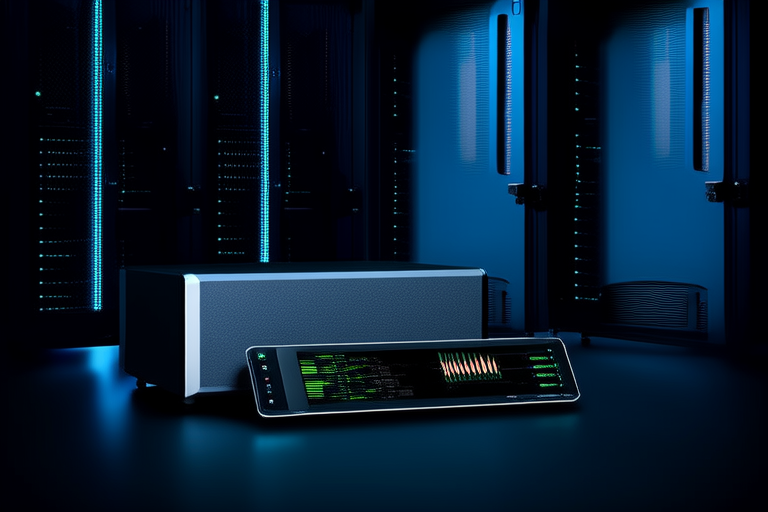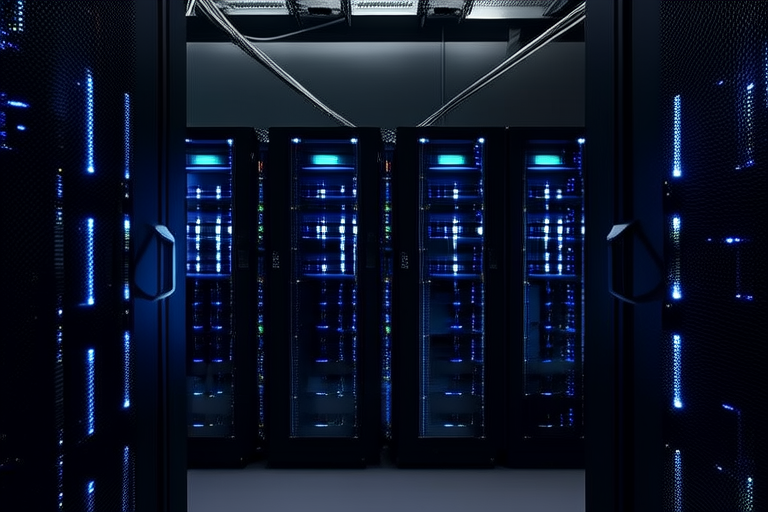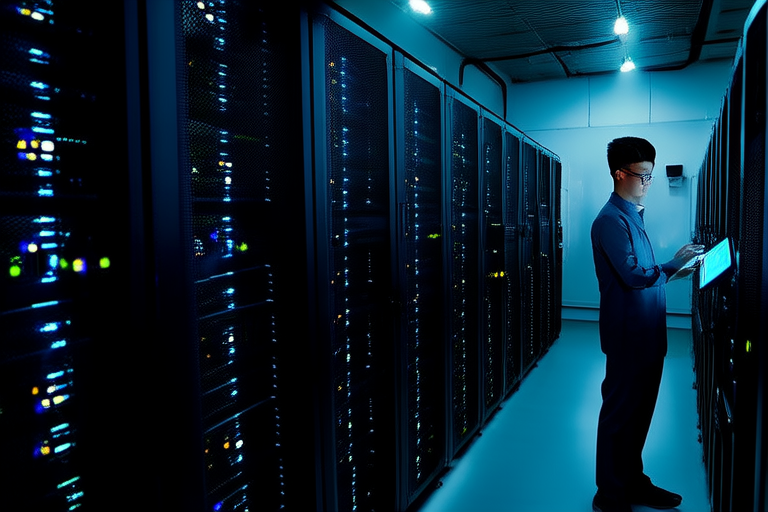Navigating the Future: Integrating Cloud and Edge Computing Solutions
Introduction
In today’s rapidly evolving digital landscape, cloud computing and edge computing are two pivotal technologies that are reshaping the way businesses operate. Cloud computing offers unparalleled scalability, cost-efficiency, and accessibility, while edge computing provides low-latency, real-time processing capabilities. The integration of these two technologies presents both challenges and opportunities, offering a powerful solution for addressing complex data processing needs.
This article explores the significance of integrating cloud and edge computing, highlighting their individual strengths, the benefits of their collaboration, and the challenges involved. We will also discuss the future trends and innovations that promise to further enhance the capabilities of these integrated systems.
What is Cloud Computing?
Cloud Computing Defined: Cloud computing refers to the delivery of computing services—such as servers, storage, databases, networking, software, and analytics—over the internet (“the cloud”). Instead of owning and maintaining physical hardware, organizations can access these resources on-demand, paying only for what they use. This model significantly reduces costs and increases flexibility.
Key Benefits:
- Scalability: Easily scale resources up or down based on demand.
- Cost-Efficiency: Pay-as-you-go pricing model eliminates the need for large upfront investments.
- Accessibility: Access to resources from anywhere with an internet connection.
Common Service Models:
- IaaS (Infrastructure as a Service): Provides virtualized computing resources over the internet.
- PaaS (Platform as a Service): Offers development tools and application hosting environments.
- SaaS (Software as a Service): Delivers software applications over the internet.
What is Edge Computing?
Edge Computing Defined: Edge computing involves processing data closer to where it is generated, rather than sending it to a centralized cloud server. By reducing the distance between data source and processing point, edge computing minimizes latency and improves real-time responsiveness.
Primary Advantages:
- Low Latency: Reduces delay in data processing.
- Real-Time Processing: Enables immediate action on data.
- Reduced Bandwidth Usage: Decreases the amount of data transmitted over networks.
Use Cases:
- Manufacturing: Real-time monitoring and control of industrial processes.
- Healthcare: Remote patient monitoring and diagnostics.
- Automotive: Autonomous vehicle navigation and safety systems.
Integration of Cloud and Edge Computing
The integration of cloud and edge computing creates a hybrid system that leverages the strengths of both technologies. While edge computing handles initial data processing and filtering, cloud computing provides the necessary storage, advanced analytics, and machine learning capabilities. This synergy ensures efficient and effective data management across distributed environments.
Architecture and Workflow:
- Data is first processed at the edge to filter out irrelevant information.
- Filtered data is then sent to the cloud for further analysis and long-term storage.
- Results are returned to the edge devices to trigger actions or provide insights.
Industries Benefiting:
- Manufacturing: Enhanced predictive maintenance and quality control.
- Healthcare: Improved telemedicine and remote patient monitoring.
- Automotive: Advanced autonomous driving features and fleet management.
Challenges and Considerations
Despite the numerous benefits, integrating cloud and edge computing comes with its own set of challenges.
Data Security: Ensuring data privacy and protection across distributed systems is crucial. Implementing robust encryption and access controls is essential.
Interoperability: Different devices and platforms may use incompatible protocols, making seamless integration difficult. Standardization efforts are ongoing to address this issue.
Management Complexity: Managing a distributed network of edge devices and cloud infrastructure requires sophisticated tools and expertise.
Strategies to Overcome Challenges:
- Adopting standardized protocols and APIs.
- Investing in advanced security measures.
- Utilizing automated management tools.
Future Trends and Innovations
The future of cloud and edge computing holds exciting possibilities, driven by advancements in technology.
AI at the Edge: Artificial intelligence algorithms are being optimized to run on edge devices, enabling more intelligent and autonomous operations.
5G Integration: The rollout of 5G networks will significantly enhance connectivity, supporting faster data transfer and more reliable communication between edge devices and cloud servers.
IoT Advancements: The proliferation of Internet of Things (IoT) devices will drive increased demand for edge computing capabilities, leading to more sophisticated and interconnected systems.
As these trends continue to evolve, we can expect even greater integration and innovation in the realm of cloud and edge computing.
Conclusion
The integration of cloud and edge computing represents a transformative shift in how businesses manage and process data. By combining the scalability and accessibility of cloud computing with the real-time processing capabilities of edge computing, organizations can achieve unprecedented levels of efficiency and agility. As we look to the future, the continued evolution of these technologies will undoubtedly shape the trajectory of various industries, offering new opportunities and solutions.
We encourage readers to explore further resources to deepen their understanding of cloud and edge computing integration. Together, these technologies are paving the way for a smarter, more connected world.




